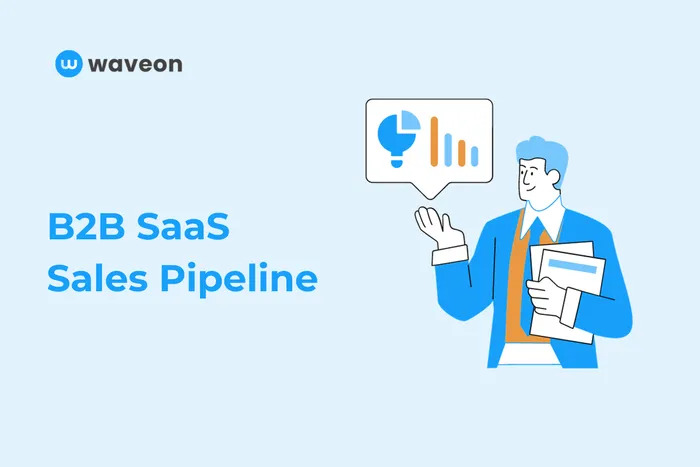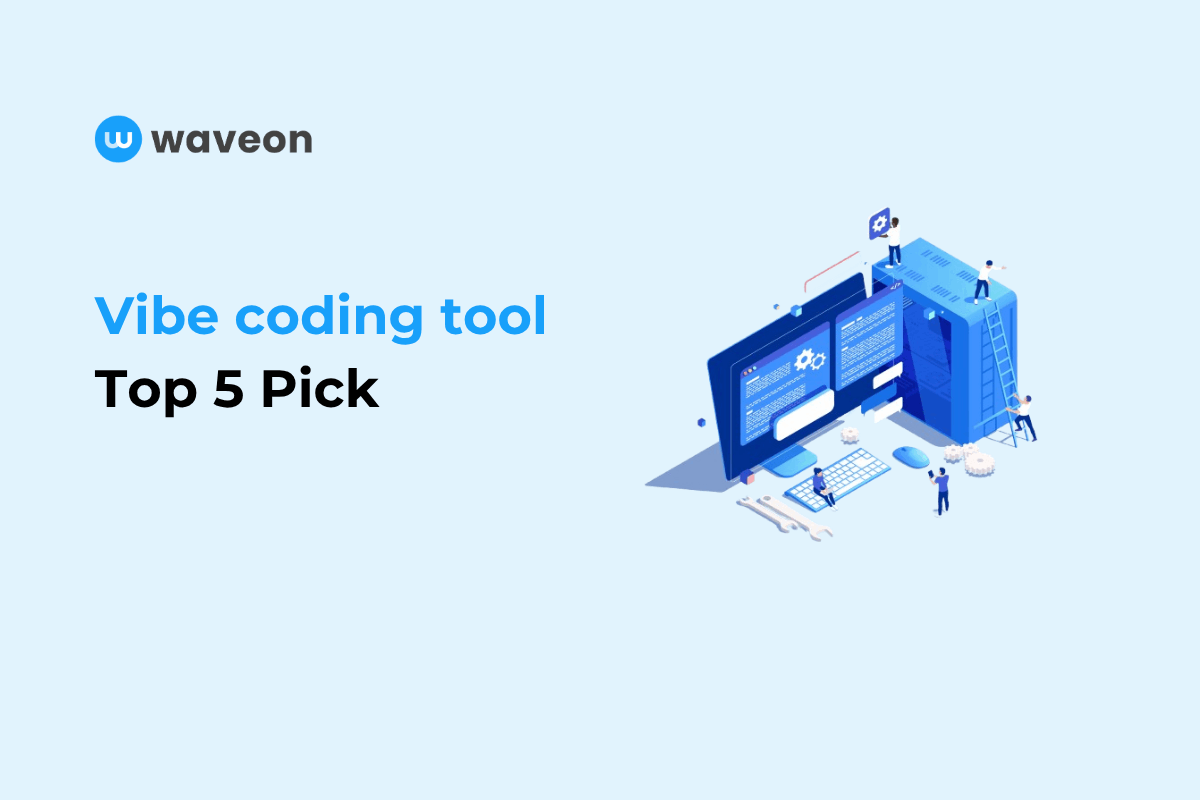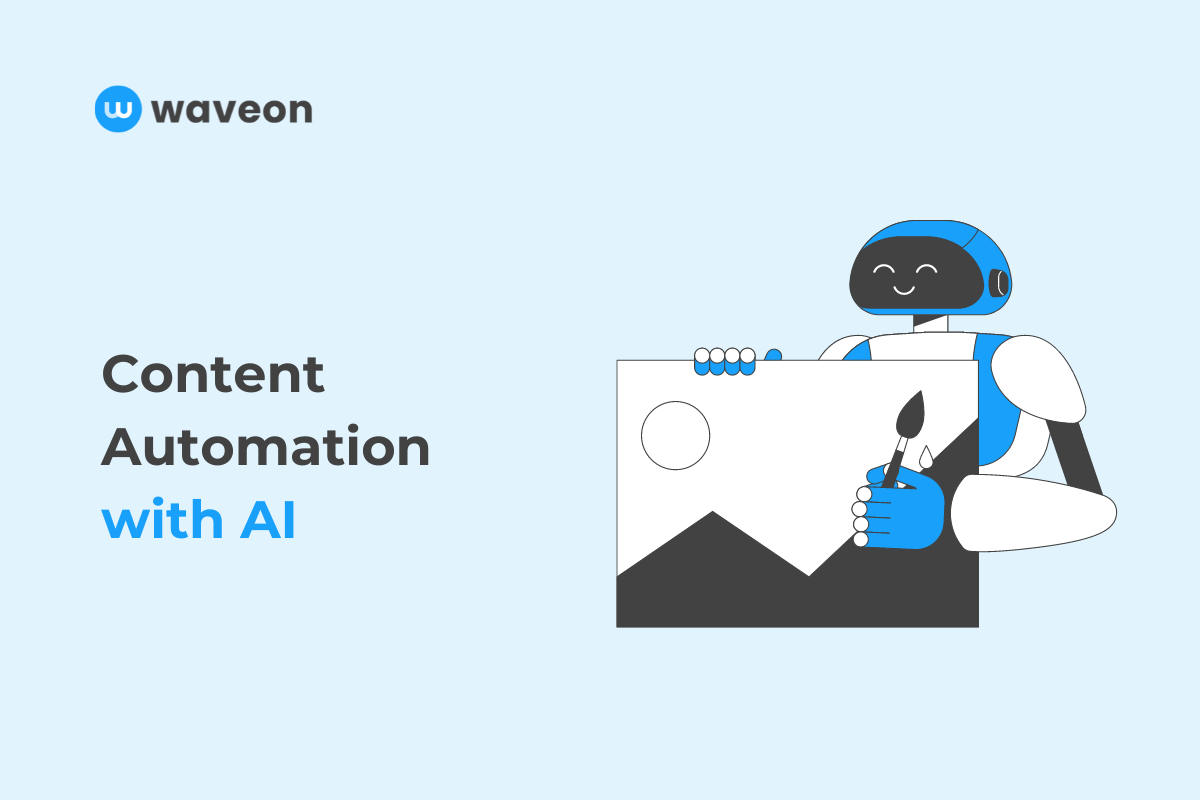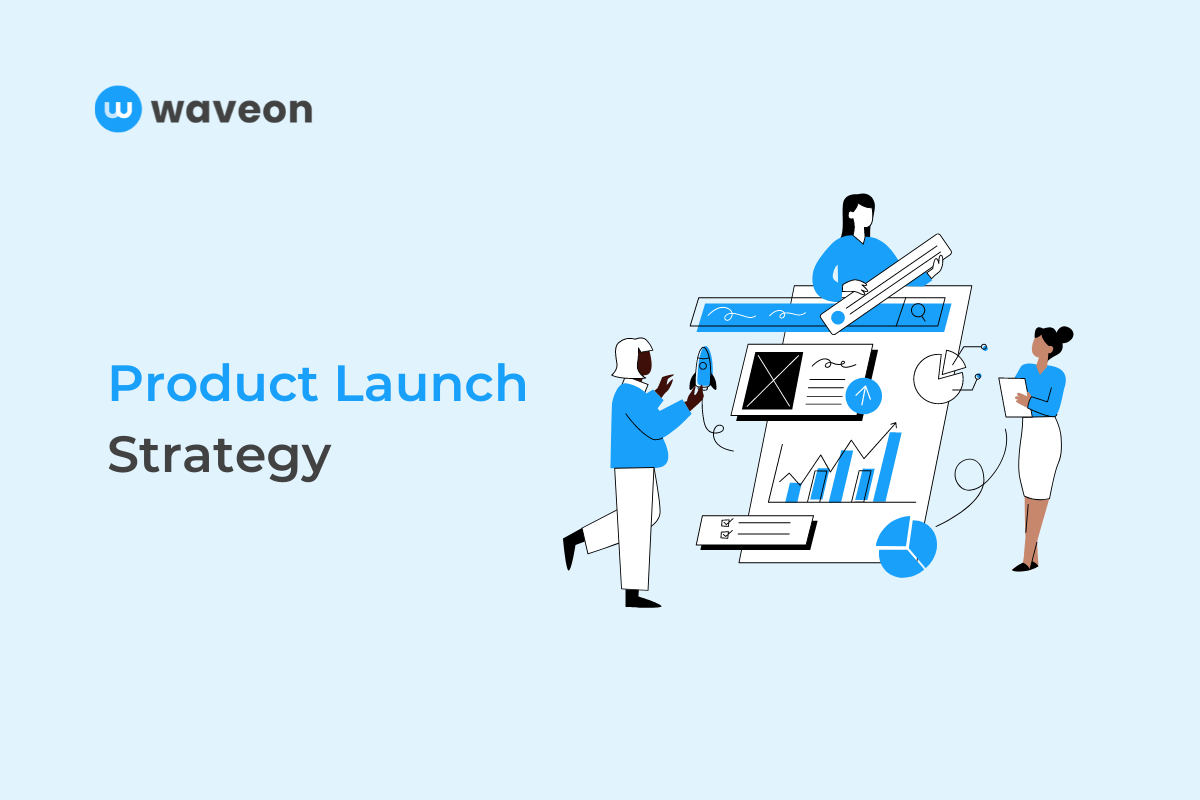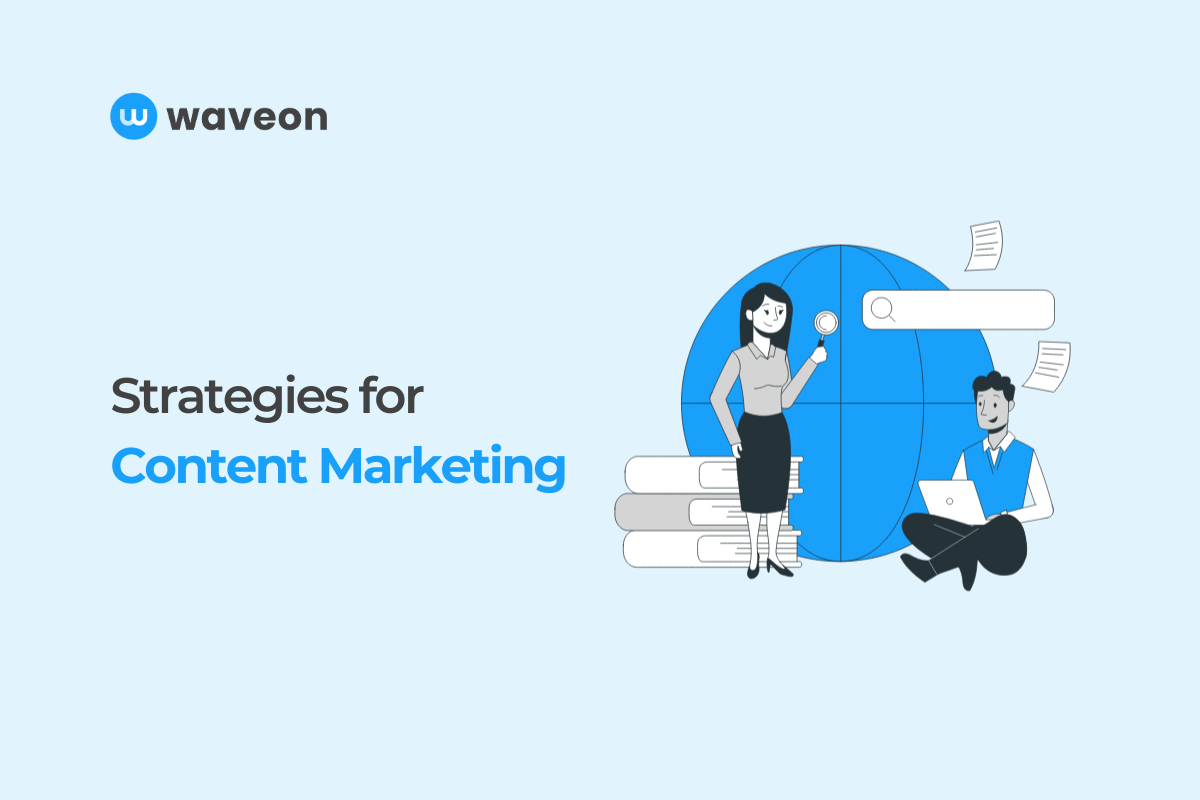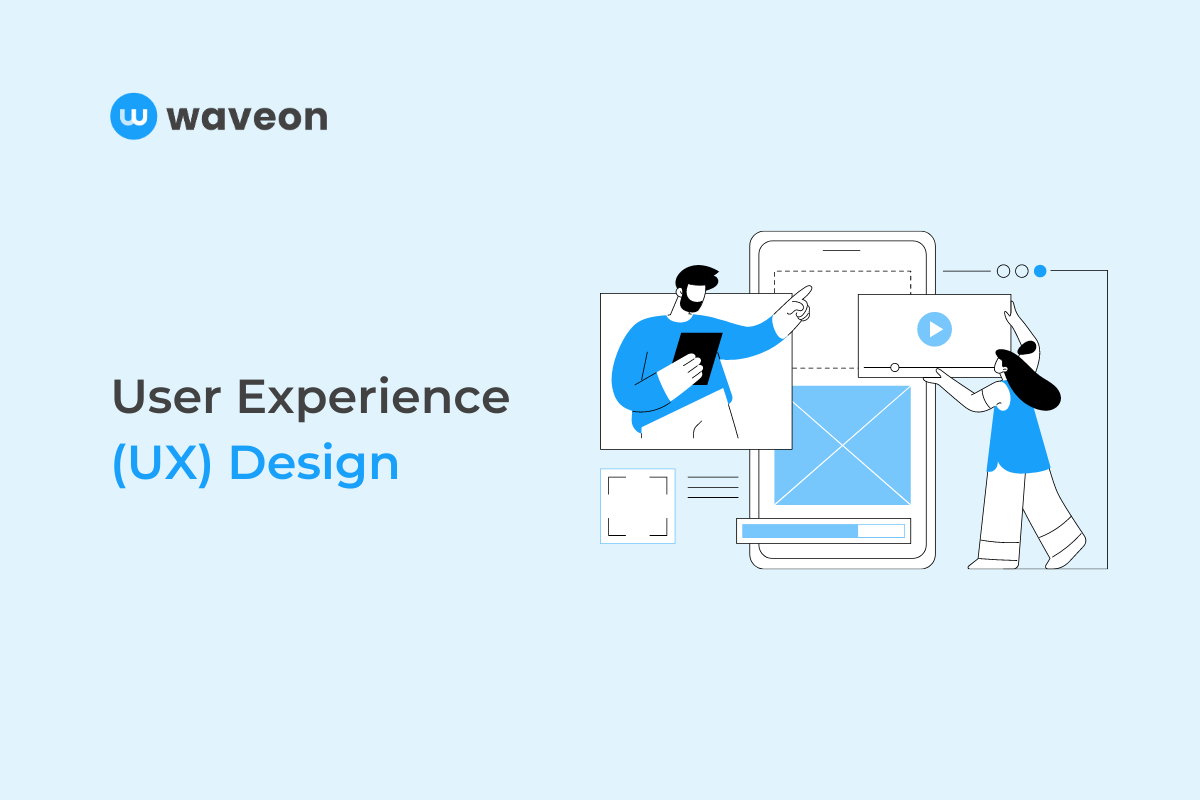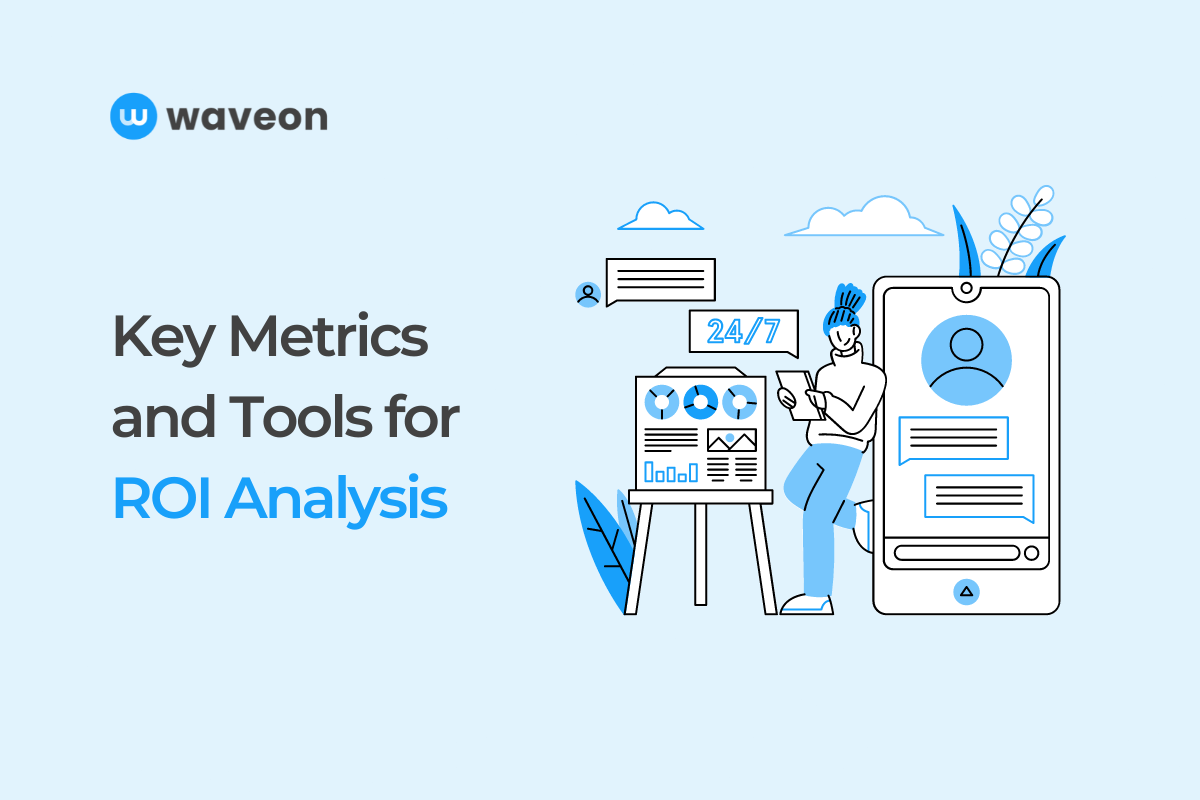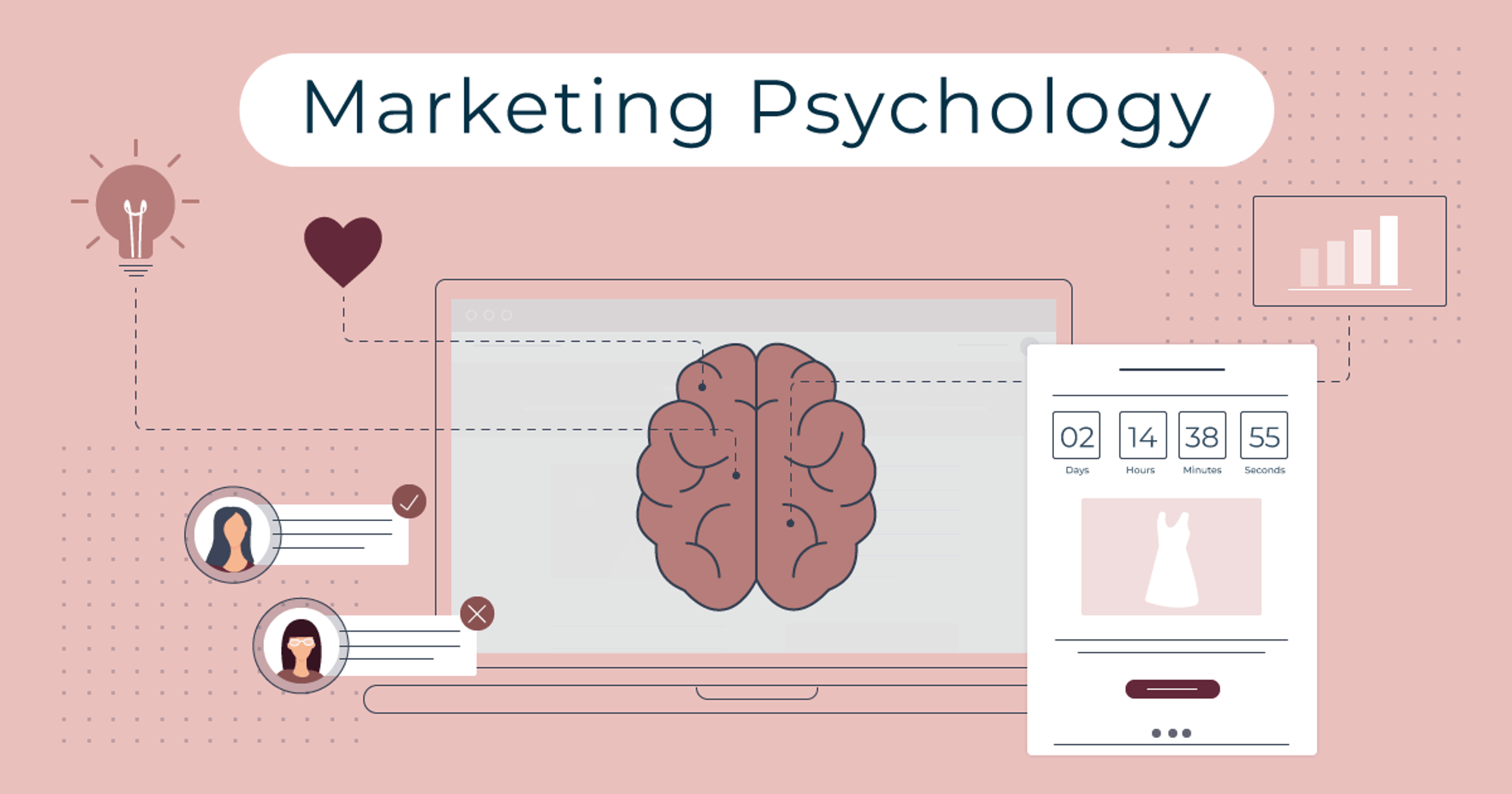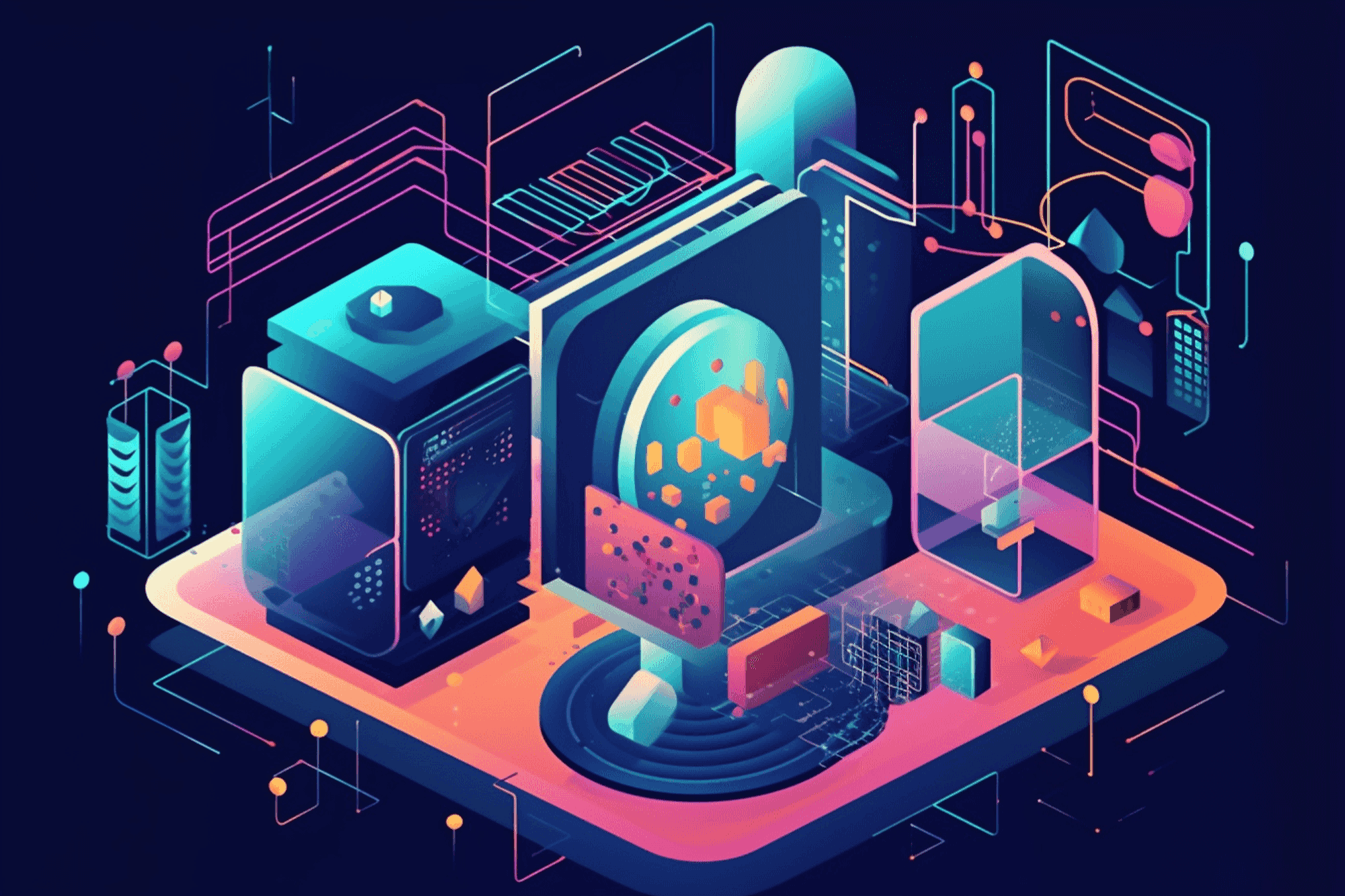Insight
How to build a B2B SaaS Sales Pipeline?
Waveon Team
2/26/2023
0 min read
TABLE OF CONTENTS
If you are developing B2B products, sales are essential to sell your products to customers. Therefore, most B2B companies put much effort into increasing sales efficiency. The reason is that when sales efficiency increases, revenue naturally increases. However, many companies are struggling to build a proper sales pipeline. In this article, we will explore how to build a sales pipeline, specifically in the SaaS industry.
What Is a Sales Pipeline?
A sales pipeline is a visual representation of where potential customers are in the stages of the sales process. It functions as a systematic and process-oriented approach to sales, helping businesses understand their sales strategy at a granular level. It's essentially a tracker that sales teams use to shepherd leads through the process of becoming paying customers.
Critical Components of a Sales Pipeline:
1. Stages: Each stage of the pipeline represents a step in the sales process, from initial contact (lead generation) to the final sale (closing). Typical stages include lead generation, qualification, proposal, negotiation, and closing.
2. Leads and Opportunities: The pipeline is populated with leads (potential customers) and opportunities (leads that have been qualified and are considered potential sales).
3. Activities and Actions: For each stage, there are specific sales activities and actions that the sales team undertakes, such as sending emails, making phone calls, setting up meetings, and conducting presentations or demos.
4. Metrics: Sales pipelines are closely tied to critical sales metrics, including the number of deals in the pipeline, the average size of the values, the close ratio, and the sales velocity.
Importance of a Sales Pipeline:
1. Visibility: It provides visibility into sales prospects and where they stand in the customer journey.
2. Forecasting: Sales teams can forecast revenue by analyzing the quantity and quality of deals in the pipeline.
Efficiency: By understanding blockages and drop-off points in the sales process, businesses can work to optimize sales efficiency.
3. Prioritization: Helps sales representatives prioritize their efforts based on deal value, probability of closing, and other factors.
4. Management: Aids in sales management by tracking the performance of sales representatives and the effectiveness of sales strategies.
There are various types of sales pipelines, but for now, we would like to introduce two main categories.
High Touch Pipeline
This is a commonly known sales approach in which leads are secured and presented with the product. Throughout this process, customers are typically screened, demoed, and then involved in a complex negotiation process to finalize the purchase decision.
Low Touch Pipeline
Differences Between a Sales Funnel and a Sales Pipeline:
While a sales pipeline focuses on the actions sales representatives must take to close a deal, a sales funnel represents the customer's journey from awareness to the decision-making process. A sales pipeline is about the activities and strategies of the seller, whereas a sales funnel is more focused on the buyer's journey and experience.
Building an Efficient B2B SaaS Sales Pipeline
To efficiently conduct sales in SaaS, it is typical to build a pipeline that includes the following steps:
1. Lead Generation
This stage is where potential customers' leads are collected from sources such as outbound, content and trend reports. Information acquired through these channels has a high likelihood of purchasing the product, as they have been either verified through prospecting or have consumed content related to the company's introduced product.
Leads are generally divided into outbound leads and inbound leads.
- Outbound leads: These are the cases where a company contacts people who do not know about their products or services through email or phone. This method is less efficient than inbound leads because the target's interest is low, but it is commonly used as a direct and quick way to acquire new customers.
- Inbound leads: These are the cases where customers become interested in and contact the company through various channels (content, SEO, partnerships) after learning about their products or services. As customers have a high interest and intention to engage, there is a high likelihood of conversion. However, the preparation process to secure inbound leads takes a long time and requires long-term resource investment. ( Please check Running Blogs for Customer Acquisition: A Comprehensive Guide if you are interested in SEO )
Through this method, you secure contact points with the targets for sales.
2. Qualification
The qualification stage involves filtering the leads obtained to select only the customers who can provide actual value to our company based on our situation or conditions. If a customer is too large for us to handle or requires too complex functionalities, it won't be easy to satisfy them, and this could negatively impact the company in the long run. It is also crucial to determine whether the customer has a sufficient budget and whether our product can genuinely solve their problem.
Generally, the roles of SDR (Sales Development Representative) and BDR (Business Development Representative) are associated with this stage.
- SDR (Sales Development Representative): Focuses on investigating and analyzing inbound leads to increase the likelihood of closing deals.
- BDR (Business Development Representative): Focuses on securing outbound leads to increase the number of closed deals.
3. Demo
During the demo stage, it's crucial to showcase how our product can solve the customer's specific pain points and add value to their business. It's essential to understand the customer's needs, pain points, and goals to tailor the demo accordingly. The demo should be simple, concise, and engaging, highlighting the key features and benefits of the product.
Moreover, we must position ourselves as a consultant who can guide the customer through solving their problems. This way, we can build trust and credibility with the customer, and they are more likely to view us as a partner rather than just another vendor trying to sell a product.
4. Closing
If the customer is satisfied with our proposal in the Proposal stage, we move on to the closing stage, where we finalize the deal. This process involves several procedures, such as drafting contracts and processing payments, often leading to delays.
Customers tend to hesitate at this stage, making it crucial to track customer relationships and follow up multiple times. According to a survey, only 2% of sales close without follow-ups. If we don't send follow-ups, we could miss out on 98% of potential sales opportunities. However, tracking conversations and follow-ups with customers can be difficult, so we recommend using CRM products such as Salesforce and Pipedrive to solve this problem.
5. Customer Success
Once a deal is closed and a customer begins using the product, additional support and guidance are necessary for customer onboarding. The Customer Success Manager (CSM) provides the support needed to increase customer satisfaction and educates them on how to use the product.
While all stages are important, the customer satisfaction stage is particularly critical as it can significantly impact the sustainability of the business. If customers are not satisfied, they are more likely to leave, and in the SaaS industry, this is referred to as churn. Even if a business acquires many customers, it will not be able to grow if they all leave. What is churn, and why is it so important? As shown in the graph below, with constant churn, a plateau is reached where the customer base stops growing..png)
Best Practices for Building a B2B SaaS Sales Pipeline:
1. Define Clear Stages Customized for SaaS
Stages: Typical stages in a SaaS sales pipeline include Lead Generation, Qualification, Demo/Free Trial, Negotiation, Closure, Onboarding, and Renewal/Expansion.
Customization: Each stage should reflect unique SaaS metrics like activation rates, monthly recurring revenue (MRR), and churn.
Visualization: Visual tools like pipeline dashboards can help track progress and identify bottlenecks.
2. Focus on Lead Qualification
Criteria: Develop clear standards for what makes a lead qualified, focusing on budget, authority, needs, and timeline.
BANT Framework: Utilize the BANT (Budget, Authority, Need, time frame) methodology to qualify leads.
Lead Scoring: Use both demographic and behavioural data to score leads, prioritizing those who are most engaged and fit the ideal customer profile.
3. Align Sales and Marketing Efforts
Lead Handoff: Create a seamless lead handoff process between marketing and sales, ensuring that leads are nurtured with the right content at the right time.
SLAs: Establish Service Level Agreements (SLAs) between sales and marketing to define how leads are managed and followed up on.
Feedback Loop: Regularly collect and analyze feedback from both sales and marketing to refine strategies and communication.
4. Leverage Automation Tools
5. Regularly Analyze and Optimize
Data-Driven Decisions: Use data from your CRM to make informed decisions on where to optimize the pipeline.
A/B Testing: Regularly A/B test email templates, call scripts, and landing pages to improve conversion rates at each pipeline stage.
Sales Meetings: Conduct weekly sales meetings to review pipeline health, discuss what is and isn't working, and develop strategies for improvement.
CRM Features: Implement a CRM that offers lead tracking, sales forecasting, email automation, and performance analytics.
Email Sequences: Use automated email sequences that deliver targeted content based on where the lead is in the sales process.
Alerts and Notifications: Set up alerts for critical activities such as email opens, website visits, or trial sign-ups to enable timely follow-ups.
Conclusion
In this article, we have introduced an efficient SaaS sales pipeline. While it is not necessary to strictly follow this pipeline, many companies use it as a methodology to achieve high efficiency. Therefore, if you do not have a sales pipeline, we recommend applying it once.
Waveon provides a solution that makes it easy to collect leads, which is the first step in the sales pipeline. By using WaveOn, you can create a landing page or a page to collect customer email and phone numbers and link it to a Google Spreadsheet with just one click to secure leads. Please refer to Waveon for more information.

